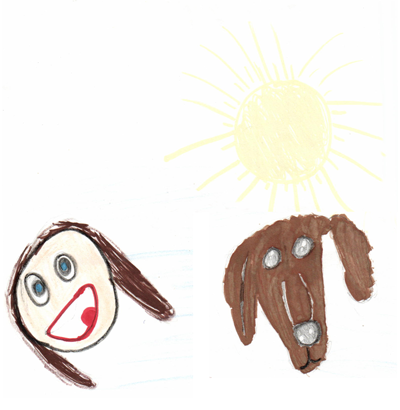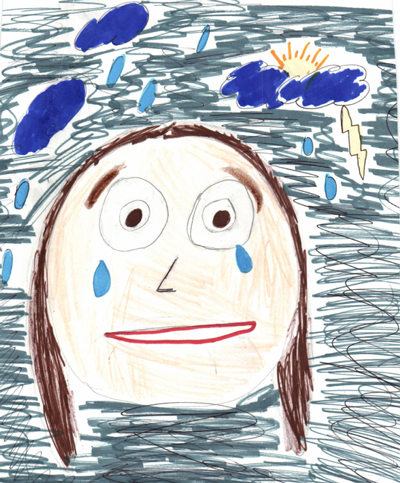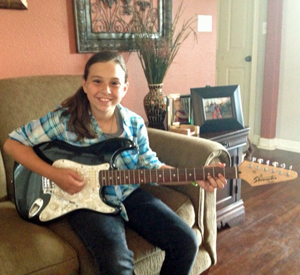
I having been writing the last few weeks on okay ways for children to pour out their feelings about a loss they have experienced and still have good behavior. As we have learned, all feelings are okay, but wrong behavior is never okay. From the example of Cain, who killed his brother Abel when he was so angry with him, we saw that there is a right way to pour out our feelings and a wrong way. It is up to the adult in the child’s world to guide and teach okay ways to express his feelings while exhibiting good behavior at the same time. (Genesis 4)
If you missed the previous post, you can catch up with us by clicking onto: Expressing Feelings, Talk to Someone You Trust, Drawing and Writing, and Puppet Show.
Today, I am going to list another way that a child might express himself and that is through MUSIC.
Musical Instrument
As previously mentioned in two of my previous posts, my granddaughter, Hannah, does not like to talk about the realities of life. But, we saw in those posts that she likes to write and draw, thus paving a way for her to express her inward being.
Today, I can add yet another way Hannah and her “non-talking” piers can express themselves and that is by playing a musical instrument. Hannah has been taking guitar lessons for some time now, but her parents wanted to make sure she was really interested in learning to play before buying her a guitar.
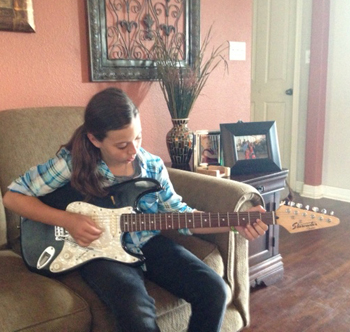
She proved that she was, so on her 10th birthday this past week, they presented her with an electric guitar. I personally believe that Hannah will add this to her way of expressing her inner feelings. Who knows, we may even hear of her writing a song one day, since she loves to write also.
As a caring adult, be on the look-out if a child plays the guitar, piano, or any other instrument. It could very well be that he/she is using it as a means of expressing his feelings. You might also encourage him to compose the words to his own song.
Dancing
Another way of using music to express feelings is through dancing. On the popular TV show, Dancing with the Stars, the judges often remark to the contestants, “I could tell you were FEELING the words to the music while you were dancing.”
When my own daughter, Heather, was growing up she wanted to take dancing lessons. I finally enrolled her when she was eleven years old. It was the spring of the year, which meant it was almost recital time for the rest of the class.
At the time of enrollment, the teacher told me that she would not be able to be in the recital because the rest of the children had been dancing several years, plus the fact that they had been practicing for the recital all year. When I picked Heather up from her first class, the teacher proudly announced to me, “She will be in my recital; she is a natural.”
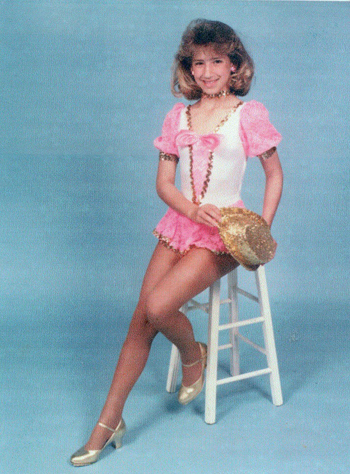
And so it was, she went on to take dancing lessons several years. As a young adult, she became the dance choreographer for musicals at her church. I am convinced that dancing was one of the main ways she expressed her inward feelings as a child.
My friends, we so often call those who love to play instruments, dancing, writing, drawing, etc. as having a special gift or talent. Indeed, they do. But, I have come to realize that this is how kids, as well as adults, might best express their inner feelings.
The key is recognizing how your child expresses, rather than forcing him/her to talk.
Join Hannah and me again next week for one final okay way of expressing feelings.










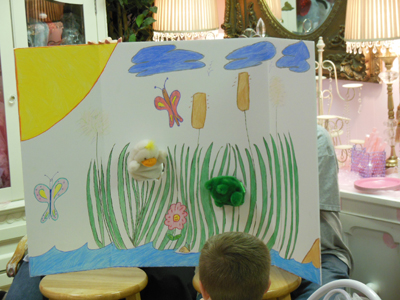


 Question: Draw a picture of your life BEFORE the loss of Rudy.
Question: Draw a picture of your life BEFORE the loss of Rudy.